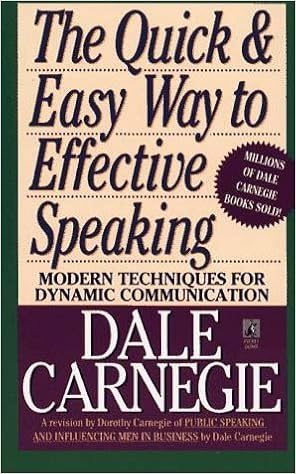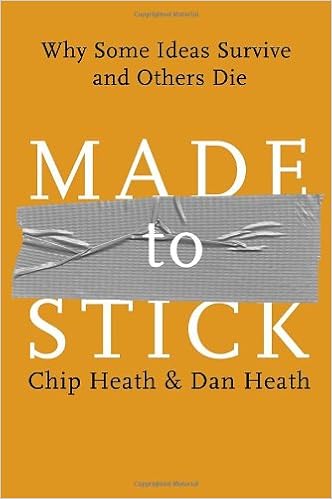The introduction Jim Rohn included in his journal.
Jim Rohn
Jim Rohn (1930-2009) was an entrepreneur, author, and speaker. During the 1950s and 1960s he became involved with a couple of direct selling businesses, eventually resulting in promotion to vice president of one company. After the company closed, Rohn was invited to speak at a local Rotary club. More organizations started inviting him to speak about his personal story and leadership principles. Rohn developed his company, eventually speaking to over 6,000 audiences and 5 million people around the world. He also authored several books and audio training series.
I wrote previously about
using a paper-based planner. For 2009 I used a Jim Rohn lined journal for my planner. Unfortunately, this planner is no longer available through
Jim Rohn's website. However, the
Moleskine line of journals is a great substitute.
The Jim Rohn Leadership Journal
I purchased my Jim Rohn journal in 2008 in my search for a quality blank notebook to use as a planner for 2009. At 220 pages with a bonded leather cover, I felt it would be an excellent quality book for my needs.
In looking through my old planners for blog post ideas, I opened my journal from 2009. Even before I made it to my notes, I came across this introduction to the journal. It is included below word-for-word from the journal.
I have highlighted a few key points in
red.
Jim Rohn on Journaling
First of all, let me thank you for the investment of time you have made to continue the process of designing a unique life for yourself. It is my hope that together you and I will open new doors, reawaken the passion and rediscover the magic you already possess. Let's begin the process of gathering the ideas and inspiration that will lead to higher rewards and more happiness than you've ever imagined.
I want to take a moment and share with you some of my thoughts and ideas as to why keeping a journal is so vital to your success.
If you're serious about becoming a wealthy, powerful, sophisticated, healthy, influential, cultured and unique individual, keep a journal.
Don't trust your memory. When you listen to something valuable, write it down. When you come across something important,
write it down.
I used to take notes on pieces of paper and torn-off corners and backs of old envelopes. I wrote ideas on restaurant placemats, on long sheets, narrow sheets and little sheets and pieces of paper thrown in a drawer. Then I found out that the best way to organize those ideas was to keep a journal. I've been keeping these journals since the age of twenty-five. The discipline makes up a valuable part of my learning, and the journals are a valuable part of my library.
I am a buyer of blank books. Kids find it interesting that I would buy a blank book. They say, “Fifty-six dollars for a blank book! Why would you pay that?” The reason I pay fifty-six dollars is to challenge myself to find something worth fifty-six dollars to put in there. All my journals are private, but if you ever got a hold of one of them, you wouldn't have to look very far to discover it is worth more than fifty-six dollars.
I must admit if you got a glimpse of my journals, you'd have to say that I am a serious student. I'm not just committed to my craft; I'm committed to life, committed to learning new concepts and skills. I want to see what I can do with the seed, soil, sunshine and rain to turn them into the building
blocks of a productive life.
Keeping a journal is so important. I call it one of the
three treasures to leave behind for the next generation. In fact, future generations will find these three treasures far more valuable than your furniture.
The first treasure is your
pictures. Take a lot of pictures. Don't be lazy in capturing the event. How long does it take to capture the event? A fraction of a second. How long does it take to miss the event? A fraction of a second. So don't miss the pictures. When you're gone, they'll keep the memories alive.
The second treasure is your
library. This is the library that taught you, that instructed you, that helped you defend your ideals. It helped you develop a philosophy. It helped you become wealthy, powerful, healthy, sophisticated and unique. It may have helped you conquer some disease. It may have helped you conquer poverty. It may have caused you to walk away from the ghetto. Your library, the books that instructed you, fed your mind and fed your soul, is one of the greatest gifts you can leave behind.
The third treasure is your
journals: the ideas that you picked up, the information that you meticulously gathered. But of the three, journal writing is one of the greatest indications that you're a serious student. Taking pictures, that is pretty easy. Buying a book at a bookstore, that's pretty easy. It is a little more challenging to be a student of your own life, your own future, your own destiny. Take the time to keep notes and to keep a journal. You'll be so glad you did. What a treasure to leave behind when you go. What a treasure to enjoy today! Don't neglect to do the things that will propel you towards the unique lifestyle you desire and deserve!
Enjoy the journey!
Jim Rohn
Start today
This is my 10th year of keeping a journal or planner of some sort. If you have not already started keeping an idea journal, I encourage you to start today.

















